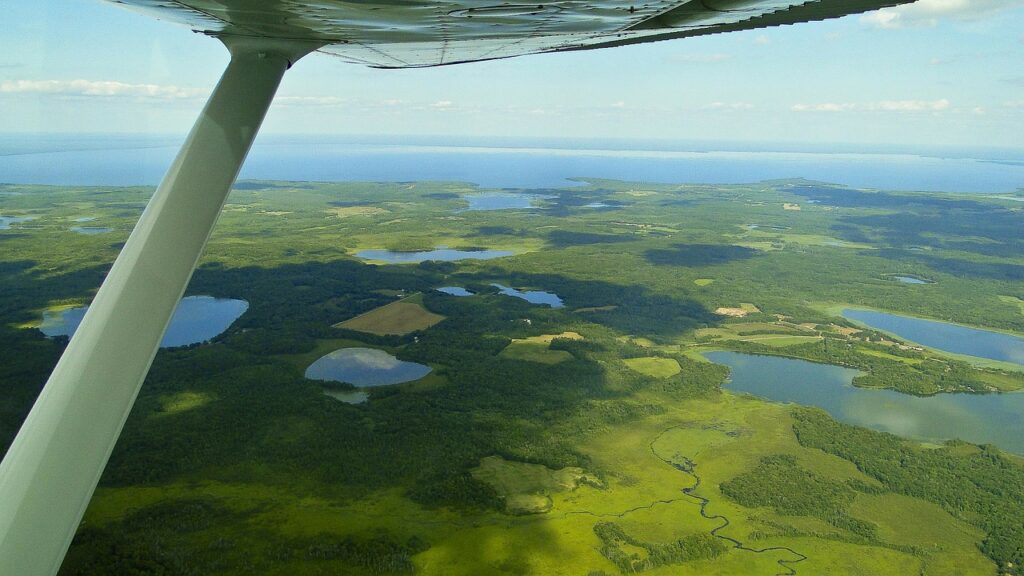- Best Stump Killer To Consider for Your Yard - January 5, 2024
- The 7 Best Spading Fork Options - December 21, 2023
- Best Head Planters – Top 24 Options You Will Love - December 16, 2023
The hardiness zone is one of the crucial factors cold-climate growers need to know. As such, the US Department of Agriculture established cold hardiness zones every twenty years or thereabout. With that, the colder a zone, the lower number the number.
The cold hardiness update release of 2012 found most of Minnesota in USDA Zone 4. Therefore. The zone’s extremely low temperature can get as low as -20 degrees and -30 degrees. Those in the northern third of the state are in zone 3 of about -30 to -40 degrees.
Plant companies use hardiness zones to establish ratings for their plants. As such, growers will know if the specific plant species will survive in such a region. Likewise, the experts will determine how cold a particular area will get before any plant dies when they test new plant species around the country.
The hardiness zones are an excellent guide for determining which trees, shrubs, or perennials will survive in your area. Therefore, rating a plant as zone 5, including Illinois, southern Wisconsin, or Iowa, will determine if it can survive in Minnesota. However, many growers believe that plant breeders can be unnecessarily conservative.
Any sensible growers must consider the microclimate of their specific property if they live on the cusp of one zone or the other, including growers in Pine County or Brainerd. So with that, some things that can affect the particular climate in their yards are extra shade or sun, windbreaks, and other factors.
Regarding plant hardiness ratings and tags, you must check the plant tag to determine whether a perennial, shrub, or tree will survive in your region. You will see the hardiness rating on the plant tags and even perennials’ seed packets. You can check the backside below the care instructions if you can’t find the label on the front. If plant hardiness is colder than your zone, it means it is suitable to plant it. As such, you can plant all the zone 3 plants you want if you are in USDA Zone 4. However, your plant can struggle if you plan to grow zone 5 plants.
Additional Changes in Plant Hardiness Zones with Milder Winters
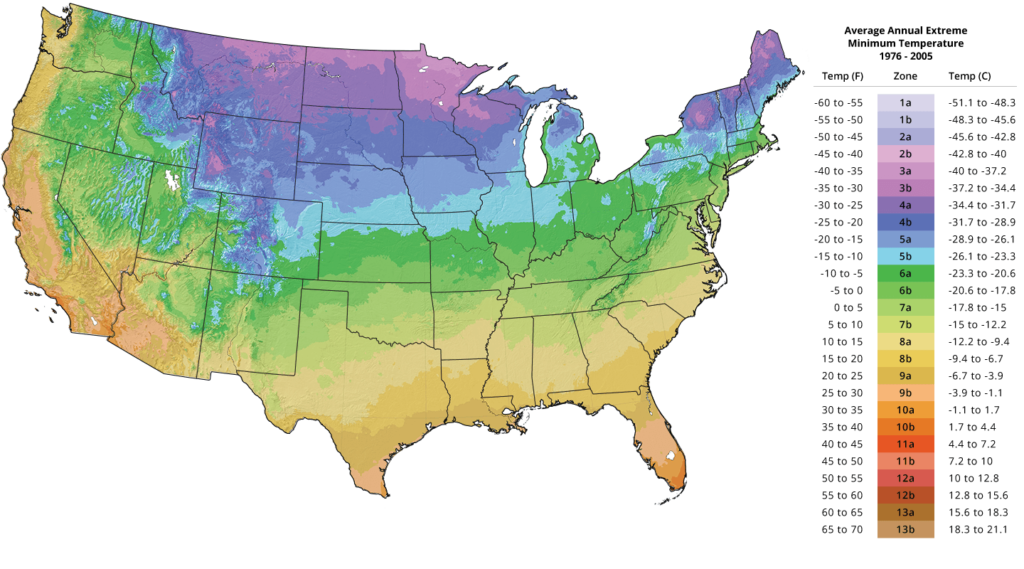
The warmer winters have taken Minnesota to a new plant-hardiness zone, although it is freezing for flowering dogwoods and Japanese maples. Minnesota was in Zone 4A, where the winter temperatures tend to be as low as 30 degrees below zero. However, the city is now in zone 4B, depicting how winter temperatures have dropped as low as -25 degrees.
After the USDA calculated its map again with newer weather data for the first time since 1990 brought about the move to a slightly balmier zone.
Most of Minnesota can feel the impact of twenty years of step-by-step warmer winters and even much of the country, which is one mark advanced on the USDA’s plant-hardiness maps. They use the zones to advise growers which plants are safe to buy, and they also portray each area’s lowermost winter temperatures.
Some experienced gardeners perceive this most recent map to be a half-zone warmer, 5-degree Fahrenheit, than the earlier map around several areas in the US. According to environmentalists, the changing map serves as a climate change impact illustration. However, the USDA’s focus is on advising growers by downplaying such discussion.
In essence, many professionals were not surprised about the shifts, as they identified the favor of warmer winters in Minnesota from the trend. Thus, the skyward advancement in winter temperatures is one of the most vital climate signals they perceived in the Minnesota climate data. One of the best instances is Rochester, where daily lows in January averaged about 1.9 degrees. But they averaged 7.7 degrees in recent decades.
These increments are shifts by several degrees and not fractional in average minimum temperatures. In addition, there have been debates in the USDA’s map-drawing efforts due to these changes. For example, 13 years of weather data have served as a basis for the previous USDA plant hardiness map. However, for more than 22 years, the USDA did not release a new map.
As such, there were dramatic shifts when some horticulturists developed their unofficial map based on newer data. With that, Minnesota has a climate suitable for trees like Japanese maples and flowering dogwoods when these maps put the city in Zone 5.
The new USDA map expanded the weather data to about 30 years, avoiding those dramatic shifts. Many experts see this as logical. The focus must be on an extended temperature record for those looking to have healthy and long-lasting plants.
About Climate Zones
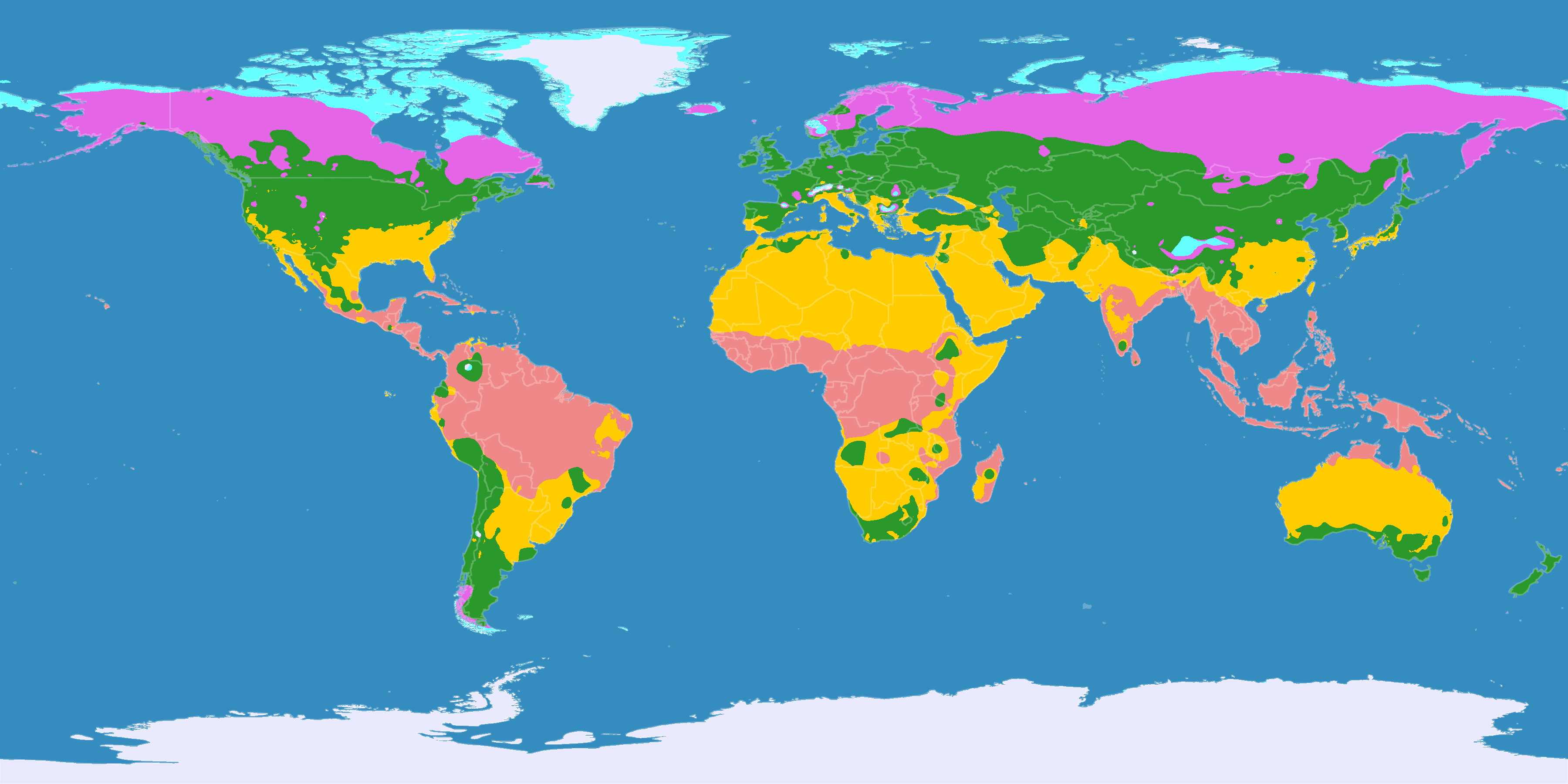
The sea/land distribution and the earth’s rotation or tilt affect the global weather patterns. Over the years, a similar weather type will happen again, even though the weather tends to vary from day to day at any specific location. Therefore, the climate is the reoccurring average weather experts find in any particular place.
Wladimir Peter Koppen, the German geographer, amateur botanist, and climatologist, used the general temperature profile associated with latitude to divide the world’s climate into categories. Then, working with Rudolf Geiger, they were able to modify these categories that experts globally refer to as the Koppen-Geiger climate classification system. These categories include:
Highlands
Highlands’ elevation makes them unique climates. Highland climates happen in mountainous terrain where rapid climatic changes occur from rapid elevation changes over short distances.
Polar Climates
The year-round cold temperatures mark the polar climates with less than 50 degrees F of the warmest month. You can identify polar climates on the northern coastal regions of Asia, Europe, North American, and on Antarctica and Greenland’s landmasses.
Moist Continental Mid-Latitude Climates
There are cold winters and cool to warm summers in the moist continental mid-latitude climates. As such, these climates’ location is the “C” climates’ poleward. The coldest months’ average temperature is less than -22 degrees F and more than 50 degrees F for the warmest month. Arctic and Continental Polar air masses produce bitter cold, strong winds, and severe snowstorms that mark the winters.
Moist Subtropical Mid-Latitude Climates
The moist subtropical mid-latitude climates have mild winters with humid and warm summers. Its extent is on most continents’ western and eastern borders with 30 degrees and 50 degrees of latitude. The mid-latitude cyclone is the primary weather feature during the winter. Also, dominating summer months are convective thunderstorms.
Dry Climates
This climate’s most visible climatic feature is that the potential transpiration and evaporation exceed precipitation. These climates extend from 20 degrees to -35 degrees South and North of the equator. Also, it is evident in the mid-latitudes large continental areas with mountains in the surroundings.
Tropical Climates
Tropical climates extend from 15 degrees to 25 degrees latitude north and south of the equator. All the months in these climates have annual precipitation greater than 59 inches and average temperatures greater than 64 degrees.
Minnesota Climate Zone Classifications
It is essential to know the flowers, shrubs, and trees that can endure a frosty Minnesota winter before you purchase your plants, even though there are many of them. You will get the necessary information from the state’s USDA plant hardiness chart, based on more than 30 years of typical winter low-temperature records gathered.
The 2012 USDA plant hardiness map indicates that Minnesota growing zones are the south 4b, state center 4a, and the northern regions 3a and 3b. The most southerly area has a tremendously hotter winter low temperatures’ tiny pocket with 5a category. Essentially, you can enlarge the map above and look for your general region to find your growing zone on the Minnesota planting map. Then, search your growing zone on the USDA site using zip code.
Your growing zone will indicate suitable plants in your local greenhouse. However, checking to know that these plants will grow well in your area is quite critical. As such, make this determination by using the plant’s hardiness zone map information. Although soil type, wind, rain, humidity, and general plant care are some of the other factors affecting the vitality of plants, you can get helpful information from the USDA plant hardiness map, whether novice or experienced grower.
Minnesota Planting Zones
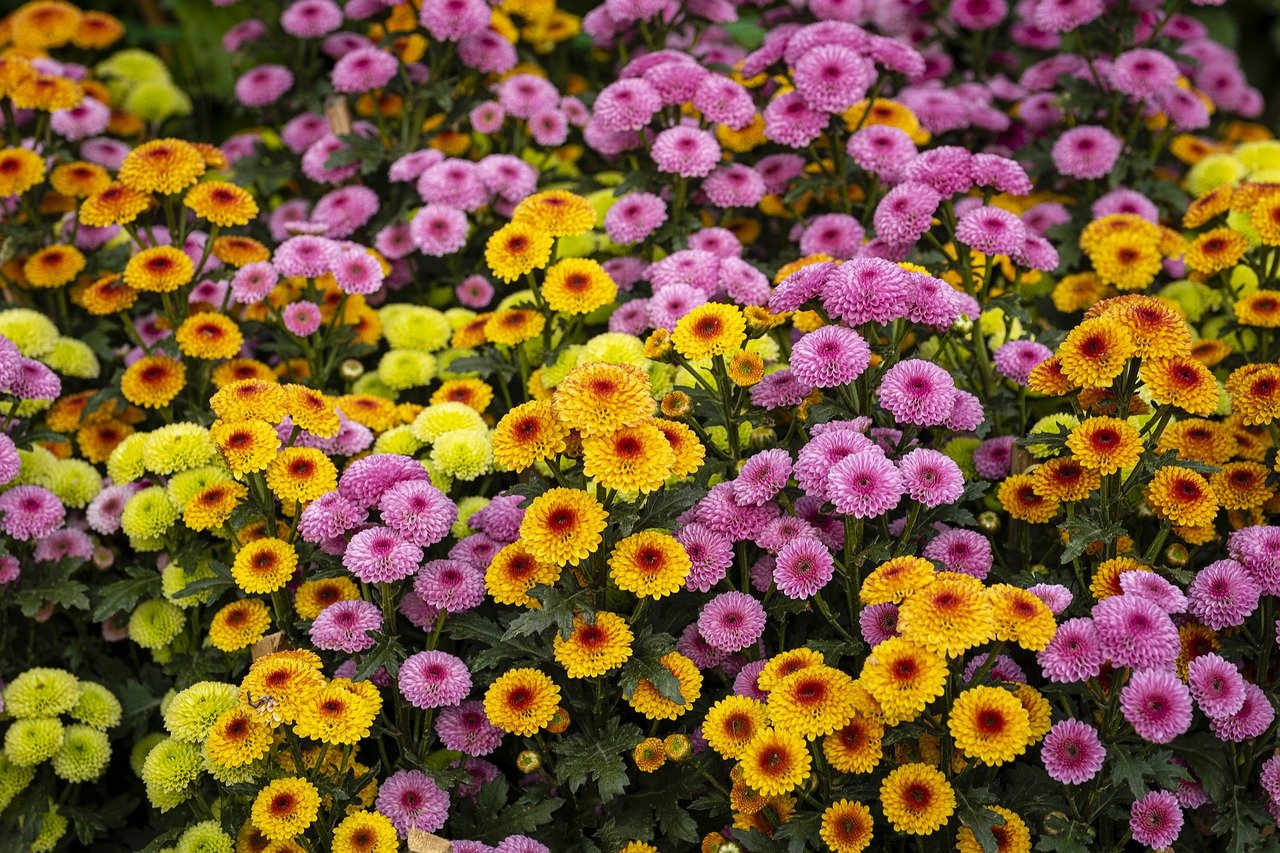
The famous hot summers and cold winters of Minnesota’s continental climate determine its planting zones. However, Minnesota is in the country’s upper Midwestern region, and it experiences weather patterns between seasons in large swings. As a result, there are four seasons in Minnesota, and each of them has its distinct characteristics.
Winters in Minnesota are consistently below freezing to frigid and icy conditions. Minnesota also experiences significant snow every year as it also sees freezing rain, sleet, and rain. The beginning of spring always has snowstorms and taper off, typically in late spring.
Tornadoes are not unusual when it comes to warmer weather, which happens between March and November. It is also typical for the south region to experience prolonged heat during summer when the Gulf of Mexico’s warm air navigates through the part. Minnesota has an annual average of 12 degrees in winter temperature, making it the third coldest state in the US.
Weather patterns and the first and last frost dates affect US hardiness zones, even though they help determine the best flower and plant types to grow. You will have the necessary help to decide on what and when to grow a specific plant when you understand the different Minnesota planting zones.
Growing zones for Minnesota fall between 3a and 5a. Therefore, you will have a better chance and get the best results when you take the time first to know which Minnesota planting zone you live in. You can expect any plant to survive winter when they are rated for a specific zone or lower. However, it is wrong to grow any plants designated for a higher zone because plants that grow in a higher zone may not survive the Minnesota planting zone’s colder winter conditions.
Some of the sure wins among the several vegetables growing in Minnesota include squash, cauliflower, spinach, lettuce, potatoes, broccoli, and tomatoes. Choose plants hardy to zone 3 and 4 to survive winter. Also, select various gorgeous blooms that thrive well in the region. Some excellent bets are Lenten roses, hydrangeas, panicle, allium, hardy geranium, butterfly weed, and coneflowers.
Using Historical Temperature Data to Make Gardening Decisions

Historical temperature data implementation can offer the basis for sound decision-making and also provide glimpses of the future. The first freezing temperature of the fall and the last freezing temperatures of the spring dates are of great essence to agribusiness, farmers, commercial horticulturists, home growers, and others. They refer to these dates as “first frost” and “last frost.”
Freeze dates’ accurate long-range forecasts remain beyond the reach of science. As such, we can only calculate the historical probability of freezing temperatures happening before autumn or after spring by relying on past temperature observations. People will evaluate these probabilities to decide, depending on their risk tolerance.
Essentially, experts do not use the lowest temperature that has happened in the past or might occur in the future for the hardiness zones but base them on the typical annual excessive minimum temperature in 30 years period in the past. With that, growers must know when to select any plant, particularly when they want to push their hardiness zone by planting specific plants not rated for their zone.
Perfect Minnesota Perennials

When you move to Minnesota, you may discover that growing some plants you grew where you lived before, like the east coast, can be more of a challenge in this part of the country. This is because Minnesota’s conditions tend to be more extreme. As such, you may need to identify hardy plants that can tolerate the dry, hot air during the summer months and winter’s cold temperatures.
Without wasting time and for this piece, here are some plants our team found to be perfect for Minnesota.
Hosta
Most growers find hostas to be among their favorites since the plants can grow snowball without much care. Full sun or partial sun is enough for hostas when grown outdoors. These plants require an average amount of water and slightly moist soil. The white, purple, or pink fragrant blooms work well in attracting butterflies and hummingbirds to the garden.
Liatris Spicata
Many growers sometimes refer to Liatris Spicata as a blazing star, growing as tall as 4 feet. Between July and August is the flower’s bloom periods, and they are typically purple or red. Clay-like soil that drains well is suitable for these flowers and requires full sunlight and moderate water to thrive. In addition, the blooms’ scent will attract butterflies and birds to the flower.
Campanula (Bellflower)
The shape of Campanula is typical of a bell, and growers can expect most of the blooms in June and July. This plant boasts more than 300 different species and thrives well in well-draining soil and full sunlight. Most bellflowers have blue, purple, pink, or white blooms, and they can make an excellent ground cover for any garden because of how easy they spread.
Phlox
If you want a plant that will add plenty of colors to your garden, choose Phlox. The blooms are in almost every color, giving them a sweet fragrance that attracts pollinators. Phlox can grow tall to about five feet, depending on the type. It prefers slightly alkaline soil that drains well and full sunlight.
Russian sage
Colder conditions cannot be an issue for Russian sage. As such, it can survive in Minnesota as a hardy plant. Dry conditions are also suitable for the plant, and you will find it unnecessary to water it unless there are drought conditions. Russian sage will grow well in a full shade or full sun, or a combination of both throughout the day. Ensure to contain the plant’s growth by pruning it constantly because it can spread quickly.
Sedums
Sedums are an ideal option for your Minnesota yard or garden if you want white, pink, or red blooms. The star-shaped plant can attract birds and butterflies to space as it grows in clusters. Sedums typically require well-draining sandy soil and a few hours of full sunlight per day to grow well and late summer to the fall is when they bloom.
Allium
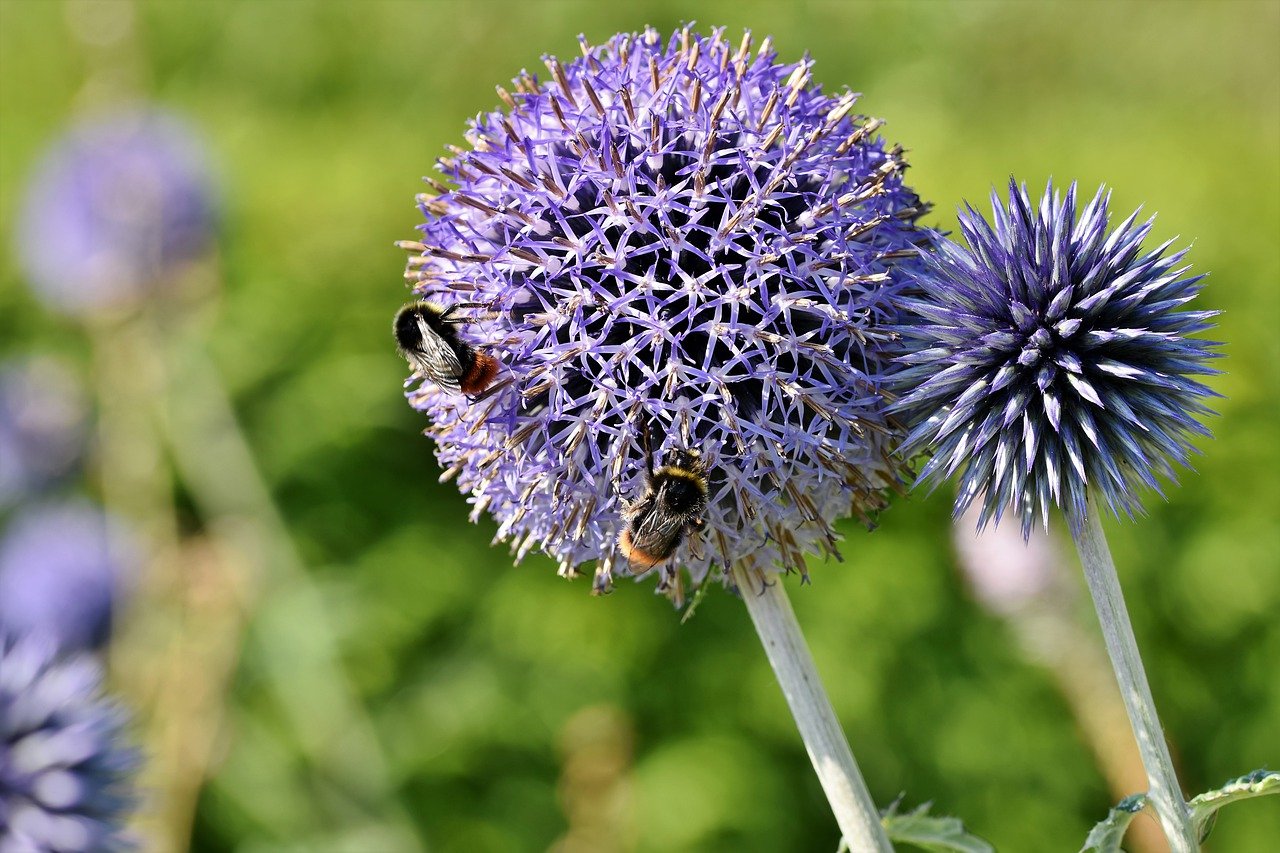
Allium has more than 700 variations, and they add a splash of color to your garden as they are simple to grow. Growers consider these plants ornamental onions that are not typically edible. However, Allium can tolerate the cold, making them perfect for Minnesota gardens. Flowers bloom in large clusters or pom-poms of small purple or blue flowers.
Hardy Geraniums
Hardy Geraniums can also survive in Minnesota without much care. Growers can see its blooms in early spring and can stick around till fall. It has various colors of flowers, with bright blooms attracting butterflies and other pollinators. However, since any location will be suitable for the plant, it doesn’t have specific guidelines for growing it.
Virginia Bluebells
Virginia bluebells will bloom from early spring to summer end to produce lovely blue bell-shaped flowers, growing to be up to about 24 inches in height; the flowers grow in clusters and spread quickly due to their self-seeding nature. The plant requires well-drained soil and partial shade. However, it can thrive well in full sun.
Butterfly Weed
An excellent plant to put in your garden is the butterfly weed’s vivid orange flowers if you want to attract butterflies. The orange the plant produces also attracts hummingbirds. It is easy to care for this plant that can grow to about 2 feet tall. Butterfly weed will thrive well in partial to full sun, and it can grow in alkaline, neutral, and acidic soil.
Panicle Hydrangeas
These plant’s variety has soft pink blooms that typically fade to white and are blue. This bush can attract butterflies to the space as it grows to be rather large. The fall heralds its flowers and requires about four hours of direct sunlight daily makes it thrive well. Panicle hydrangeas can tolerate cold climates. However, ensure to cover the roots before the first snow.
Recommended Trees for Minnesota
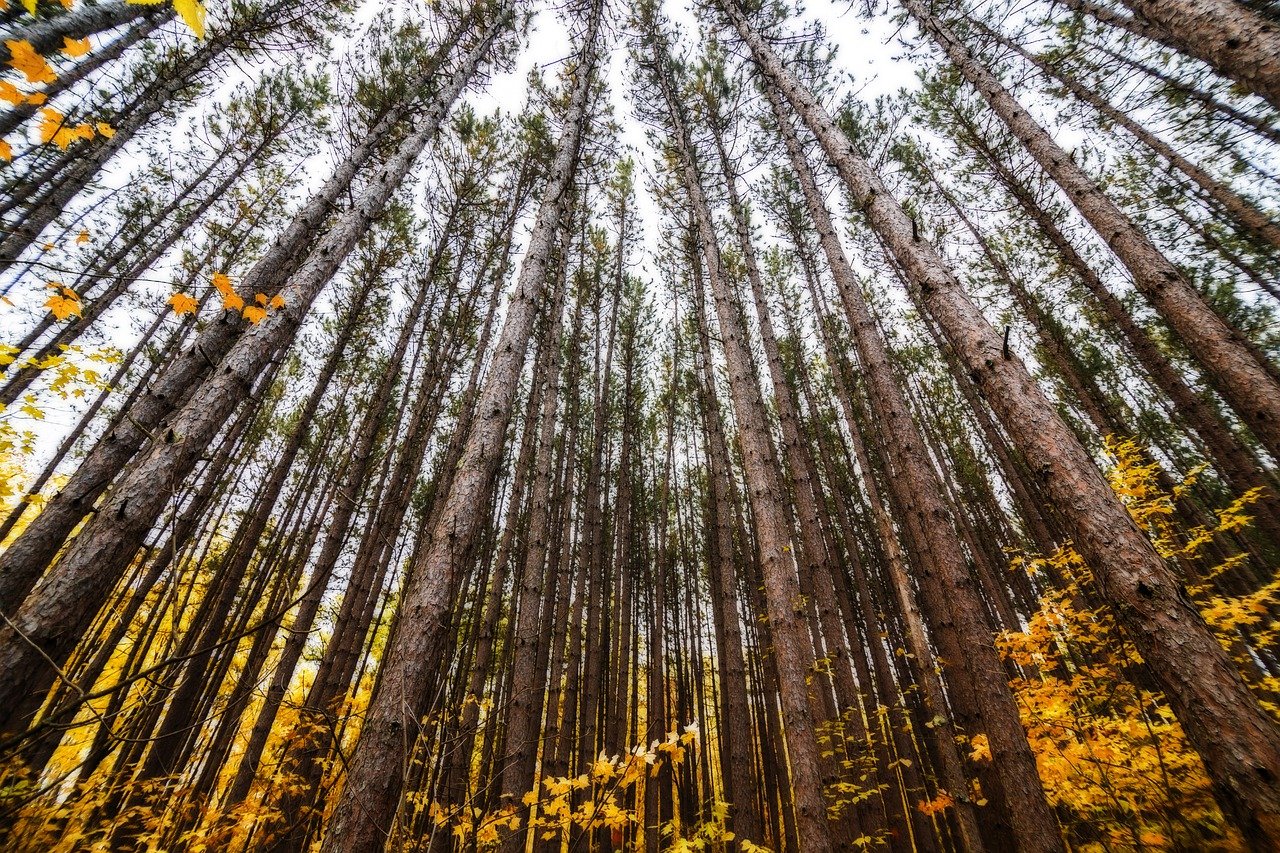
Trees provide habitat for wildlife, beautify our communities, supply us with clean air to breathe, protect us from cold winter winds, and cool or shade us in the summer. You need to carefully match the trees to your planting site and analyze the environment when choosing trees that will grow and survive into healthy forests and landscapes.
In Minnesota, several landowners are looking for an alternative to ash with invasive emerald ash borer spread in the state. As an ecologically diverse state, Minnesota is divided into major ecological areas, with natural vegetation, topography, precipitation patterns, and characteristic soils. Recommended trees for each area will thrive for several years and perform reliably in that environment.
Northern Tallgrass Prairie
Northern tallgrass prairie extended eastward to the endless tall grass prairie presettlement vegetation and bounded to the west by the Red River. The Glacial Lake Agassiz formed much of this region’s large lake plain. Soil varieties include gravelly/sandy beach ridges, clays, moderately or poorly well-drained soil that are mostly alkaline.
The Indian grass, bluestems, and other grasses originally vegetated the area. Also common along larger rivers and streams are forested, narrow floodplains. Common also along the streams’ fire shadows are broader zones of woodland.
Northwest and Central Minnesota Ecological Regions
Central Minnesota contains the Hardwood Hills ecological area, and the Aspen Parklands ecological area is part of Northwest Minnesota.
Hardwood Hills
Loamy, alkaline, acidic soil and lakes, high hills, and steep slopes characterize the region. Some pre-settlement vegetation includes basswood, maple, oak savannas, aspen, and other hardwood trees in the fire-protected regions.
Aspen Parklands
It is a level, low plain transition zone between the west, tallgrass prairie, and conifer peat bogs. Soils include alkaline, acidic, well- or poorly-drained, gravelly, and loamy. Originally, ash, cottonwood, elm, silver maple, aspen, and different types of prairie vegetated the area.
Southwest Minnesota Ecological Regions
Coteau Moraines
It gradually turns into hilly land with windblown silt soils covering well-drained, loamy glacial material high in lime. Occasional forests close to the streams and tallgrass prairie dominated the plant communities.
Inner Coteau
Soils consist of windblown silt and are well-drained with occasional bedrock outcrops. Prairie and rare riparian forests dominated the plant communities.
Minnesota River Prairie
Level to moderately- or well-drained loamy soils of gently rolling moraine. Some of the soils are gravelly, sandy, or clayey. It is indeed a drying setting for any woody plants. Riparian forests of willow, elm, cottonwood, silver maple, and prairie grasses were the original vegetation.
Southeast Minnesota Ecological Regions
Blufflands
Windblown silt covers this old bedrock plateau, with streams and rivers eroding it extensively. Prairies on the dry valleys and ridge tops, black walnut, basswood, and oak forests in the valleys, shagbark hickory-basswood forest on moist slopes and oak dominate the deep valleys, steep coulees, and broad ridgetops.
Rochester Plateau
It is a high, rolling plateau of windblown silt over bedrock in the east and glacial till in the west. There is generally a decrease in soil depth from west to east. Oak and savannahs and prairie in the drier regions, riparian forests, maple-basswood forests, and oak forests historically dominated the plant communities.
Twin Cities Highlands
Outwash plain rolling and steep to rolling slopes on the level and moraine with soils ranging from sand to clay loam, the region was a mosaic of maple-basswood forests savannahs and tallgrass prairie before settlement.
Oak Savannahs
Much of oak savannahs is a rolling plain of loess-mantled ridges over carbonate and sandstone bedrock and till. Well-drained to wet soil range, formed under forest or prairie conditions with tall prairie grasses, basswood, maples, and bur oaks being the original vegetation.
Anoka Sand Plain
The area is sandy, flat terraces, and plains along the Mississippi River. Droughty and sandy are some of the characteristics of most of the soils. However, there are also some organic soils. The poorly drained soils are about 20 percent, with excessively well-drained sands taking the rest of it. There is jack pine along the northern edge as it is originally oak barrens and openings.
Big Woods
Moderately to gently rolling topography as the thick deposits of gray limey glacial that the retreat of the Des Moines lobe leaves behind form the soils. This dominantly forested area consists of American elm, basswood, sugar maple, and red oak.
FAQs
Answer: Most of Minnesota is in USDA Zone 4, getting between -20 F and -30 F for extremely low temperatures in the zone.
Answer: Zone 4 states are Alaska, Arizona, Colorado, Idaho, Iowa, Maine, Michigan, Minnesota, Montana, Nebraska, Nevada, New Mexico, New Hampshire, New York, North Dakota, Oregon, South Dakota, Utah, Vermont, Washington, Wisconsin, and Wyoming.
Answer: St. Paul, MN, is in USDA Hardiness Zones 5a and 4b.
Answer: Zones 3 have about 13 states, and these are Wyoming, Wisconsin, Vermont, South Dakota, New Mexico, New Hampshire, North Dakota, New York, Montana, Minnesota, Maine, Idaho, Colorado, and Alaska.

